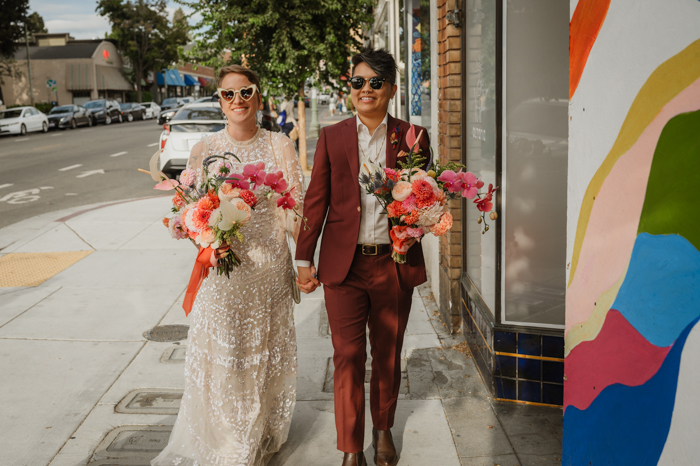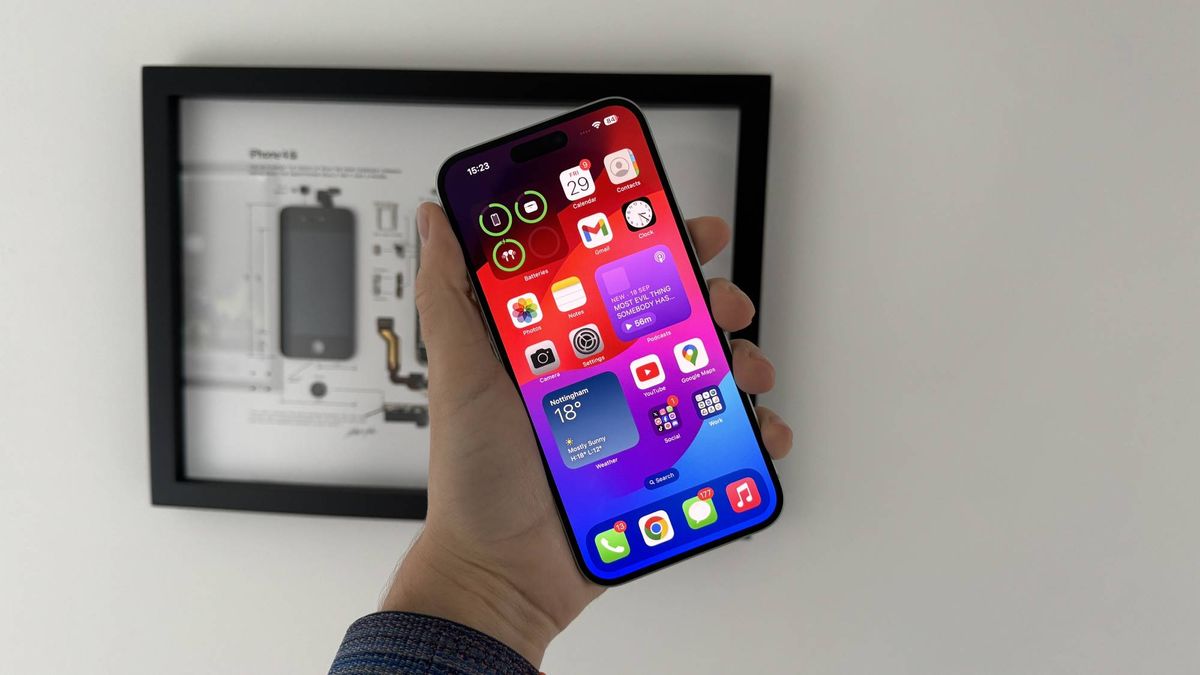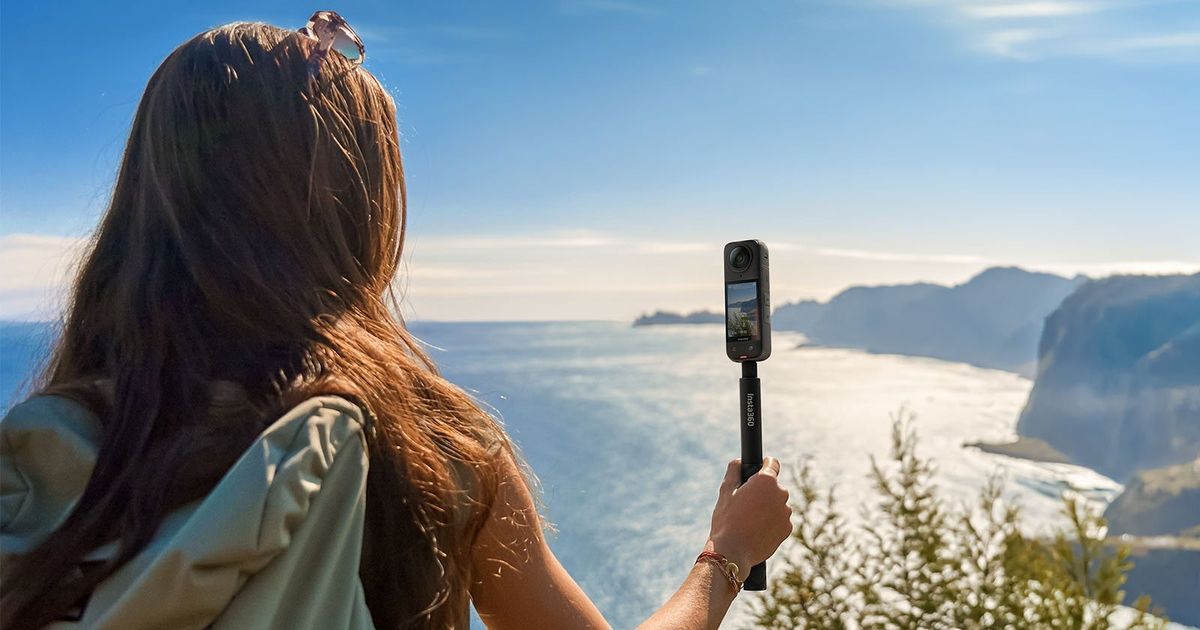
Colours offer Greg Mo the chance to get a sense of a place, of an atmosphere. Rather than delivering the usual cliches, Greg Mo want his pictures to surprise. The complex compositions and contrasts are captivating, awakening the senses and the emotions.
Your pictures are a riot of colour, what does colour mean to you?
Generally speaking, I prefer colour photography, as it gives me more sensations. I am attracted to colours. It’s physical. For me, colours are a way of feeling atmospheres and places. Colour is an essential structure of my compositions; the same images in black and white would not work, they would not have the same psychological impact.
What can colour tell us in photographs?
India has bright colours, while Cambodia has duller, more neutral and less prominent tones than in India. The colours provide a complementary description. Each country has its palette of colours, which describes the mood of a place, the identity of a culture, of an area.
Your pictures show situations that you encounter on the street. How do you go about finding your motifs?
I like the idea of not preparing anything and photographing during walks. It’s a good excuse to discover neighbourhoods where I would never have wandered without photography. There are certain places, objects or lines that attract me naturally. Sometimes, I spot a detail and try to return to it later in my session, hoping that a new action or better lighting will provide the desired dynamic. However, I don’t like to come back to the same place several times. There is a feeling of déjà vu that doesn’t speak to me. So yes, my photography is totally intuitive, giving free rein to the feeling of a given moment. I don’t really know what I’m looking for, and I count on the surprise of the moment that I find, and I photograph spontaneously; the choices come later when discovering the photos at home.
What is the impetus behind your photographs?
I try to photograph places in a different way: to surprise and to go against the grain of clichés and images that are too accessible. I wander around looking for the hidden layer, the strange encounter; and later on, when looking at my images, I discover what seems to work at first. Only time will tell if that’s the case and if the photo is really good.
Your pictures are characterised by a poetic composition of motifs with light, shadow and reflections…
I’m drawn by certain colours, by lights and shapes, by certain places. But unconsciously, I also photograph funny things. My style is therefore a mixture of all these attractions when shooting. However, what defines my style lies in the final selection of photos. My choices often focus on very balanced and complex compositions, where everything responds to each other. This is why I try to bring more contrast to my work, by adding simpler photos that I like despite certain aesthetic flaws, images that evoke the senses and emotions.
Your pictures are full of dynamism and movement. What do they tell us about the countries and their inhabitants?
The dynamism in my images undoubtedly gives an idea of the rhythm of the country, but my approach is not journalistic. I don’t think it accurately represents the people of a country, because the images are not made for that purpose. I rather show a touch of mystery around the people, a questioning about the places visited. I am deeply inspired by a surrealist approach.
What fascinates you about street photography?
It’s a mix of curiosity and the challenge of having an image that works. It’s dealing with unexpected things that we discover on the way. The greatest excitement is to see a little something, that you suspected was important enough to be photographed, working in a final image.
You use the Leica M10. What are its particular advantages?
Close to the use of a film camera, I particularly appreciate the Leica rangefinder, which avoids having an electronic screen and captures the world as seen through the viewfinder glass. I use a 35mm summicron, and the images have a depth and a soul that I don’t find with other equipment. I feel they reproduce the sensation I had while photographing, very well. I like the low light capabilities and high ISO rendering without reducing quality. I had looked for a long time for a camera that would suit my approach, without having any negative points, and I finally found it. However, I would be very curious to test the M11 with a 35mm summilux if I had the opportunity…
What do you considers makes a good picture?
I will say that a good photograph intrigues me and questions me. A good image brings different feelings and levels of understanding over time. I’m a visual person, so I appreciate compositions that are precise and well balanced, but perhaps not perfect, in order to give them more character and life. Some errors bring charm to the image. A good image also depends on the project and its place in the story. Ultimately, a good image will only be appreciated over time, if we can look at it over the years with the same pleasure.
Born in Paris in 1981, Greg Mo is a self-taught photographer specializing in street and conceptual photographic practices. Based in Phnom Penh, the Cambodian capital, his work focuses mainly on Asia. Over the past ten years, Mo has roamed and captured the streets of India, Indonesia, Burma, Japan and China, among others. Mo has published five photography books, including Sleep in Cambodia and Ride in Cambodia. Currently working on a street photography book, Greg also teaches the approach and philosophy of street photography through workshops in Asia, which people can book on request. Find out more about his photography on his website and Instagram page.
Leica M
The Leica. Yesterday. Today. Tomorrow.









